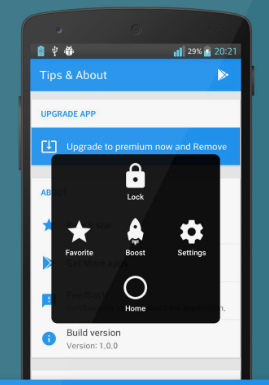
In an increasingly connected world, the ability to access information and communicate via mobile technology is essential. However, for many individuals with disabilities, traditional mobile devices have posed significant barriers. Enter Android: a platform that is redefining accessibility in mobile technology and enabling a more inclusive digital landscape.
A Commitment to Inclusivity
Android has made significant strides in ensuring that its operating system is accessible to everyone, regardless of physical or cognitive limitations. From the very beginning, Google recognized the importance of creating an inclusive ecosystem, which is evident in their ongoing investment in accessibility features. These enhancements are designed to cater to a wide range of needs, from visual impairments to hearing challenges, ensuring that everyone can engage with technology on their terms.
Innovative Accessibility Features
1. TalkBack
One of Android’s flagship accessibility tools is TalkBack, a screen reader that provides spoken feedback for users who are blind or have low vision. This feature allows users to navigate their devices using gestures, making it easier for them to interact with apps and content. By simply swiping and tapping, users can access text, images, and buttons, empowering them to use smartphones and tablets effectively.
2. Voice Access
Voice Access takes accessibility a step further by enabling hands-free control of Android devices. Users can navigate their screens, open apps, and interact with content using voice commands. This feature is invaluable for individuals with motor impairments who may find it challenging to use touchscreens.
3. Switch Access
For those who cannot interact with touchscreens, Android offers Switch Access, which allows users to control their devices using external switches. This flexibility ensures that individuals with varying abilities can still access mobile technology in a way that works best for them.
4. Sound Amplifier
The Sound Amplifier app enhances audio for users with hearing difficulties. By filtering background noise and amplifying specific sounds, this tool allows users to engage in conversations and enjoy media with greater clarity.
Customizable User Experience
Accessibility doesn’t stop at built-in features; Android’s customizable interface allows users to tailor their devices to meet their unique needs. From changing font sizes and colors to enabling high-contrast themes, users can create an experience that is visually comfortable and personally suitable.
Expanding App Ecosystem
Another significant aspect of Android’s role in accessibility is its vast ecosystem of applications. Developers are increasingly recognizing the importance of inclusivity, creating apps that adhere to accessibility standards. From social media platforms to productivity tools, these applications often include features that improve usability for individuals with disabilities.
Community Engagement and Feedback
Google actively seeks feedback from the disability community to improve Android’s accessibility features continuously. By engaging with users and advocacy groups, the company ensures that it is addressing real-world needs and challenges. This collaborative approach fosters innovation and creates solutions that are genuinely beneficial.
Bridging the Digital Divide
As mobile technology continues to evolve, Android’s commitment to accessibility is helping to bridge the digital divide. By breaking down barriers, the platform enables millions of individuals to participate fully in today’s digital society, whether for work, education, or social engagement.
Looking Ahead
The future of mobile technology holds immense potential for further advancements in accessibility. With ongoing developments in artificial intelligence and machine learning, we can expect even more intuitive and responsive features designed to assist users with disabilities. Android is well-positioned to lead this charge, continuing to break barriers and promote inclusivity.
Conclusion
In the realm of mobile technology, accessibility is not just a feature; it is a fundamental right. Android’s commitment to creating an inclusive platform has transformed the way individuals with disabilities interact with technology. By prioritizing accessibility, Android is not only breaking barriers but also paving the way for a more equitable digital future where everyone can thrive. As we move forward, it is essential to support and advocate for these advancements, ensuring that mobile technology remains accessible to all.




